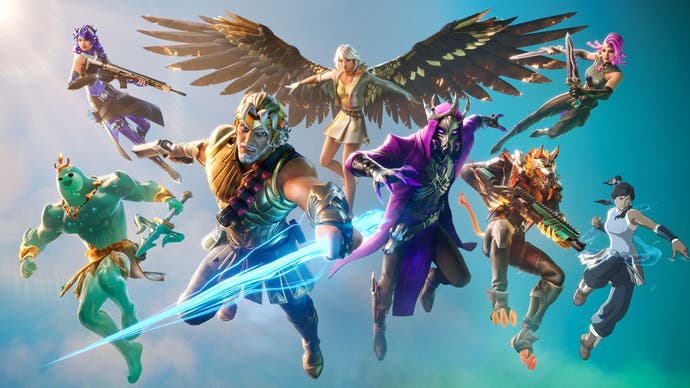46% of players use gaming for self-expression and creativity, report suggests
Why Minecraft, Fortnite, and Roblox remain popular.
A new report states that 46 percent of players use gaming for self-expression, to ignite their imagination, and for creation.
That's according to this year's fifth annual Inside Gaming Report, published by entertainment and gaming wiki Fandom.
As well as indicating the prevalence of character creators in games, the results come as little surprise considering the popularity of live-service and sandbox games like Minecraft, Fortnite, and Roblox in which creativity is paramount.
While the top reason why people play games is for stress relief and to unwind at 54 percent, creation and self-expression is the second most likely reason at 46 percent - an increase of 10 percent compared to last year's report.
More specifically, the most popular form of customisation used for self-expression is character personalisation (76 percent), followed by Gamertags and usernames (48 percent) and communication (35 percent).
Further, 80 percent of players claim their gaming personality differs from real life, while 64 percent believe it's easier to be themselves online than in person. Of course, games offer a level of fantasy to players, but they're also a powerful way for players to explore an idealised version of themselves.
Indeed, 72 percent of respondents surveyed would think more favourably on a brand that allowed a player's online and real-life presence to be aligned, especially players from minority backgrounds.
The findings are from a survey of 5000 entertainment and gaming fans, as well as an analysis of first-party data.
Key games offering self-expression, according to the report, include the likes of Roblox, Minecraft, Genshin Impact, Grand Theft Auto, Fortnite, The Sims, and Stardew Valley.
These rank among the most popular games of the moment, so it's unclear if they are popular due to the inclusion of self-expression, or if self-expression has become more integral for players due to the popularity of these games.
Either way, character creators are a primary way for players to explore creativity and identity, though diverse representation is required.
What's more, these stats play into the popularity of live-service games and developers' concern over their sustainability.
A survey by the Game Developer Collective reported 70 percent of developers have concerns over the sustainability of live service games, particularly with players losing interest over time as well as competition with other live-service games and rising user acquisition costs.
So while players may enjoy these types of games to express themselves, for developers it's a crowded and highly competitive market.


